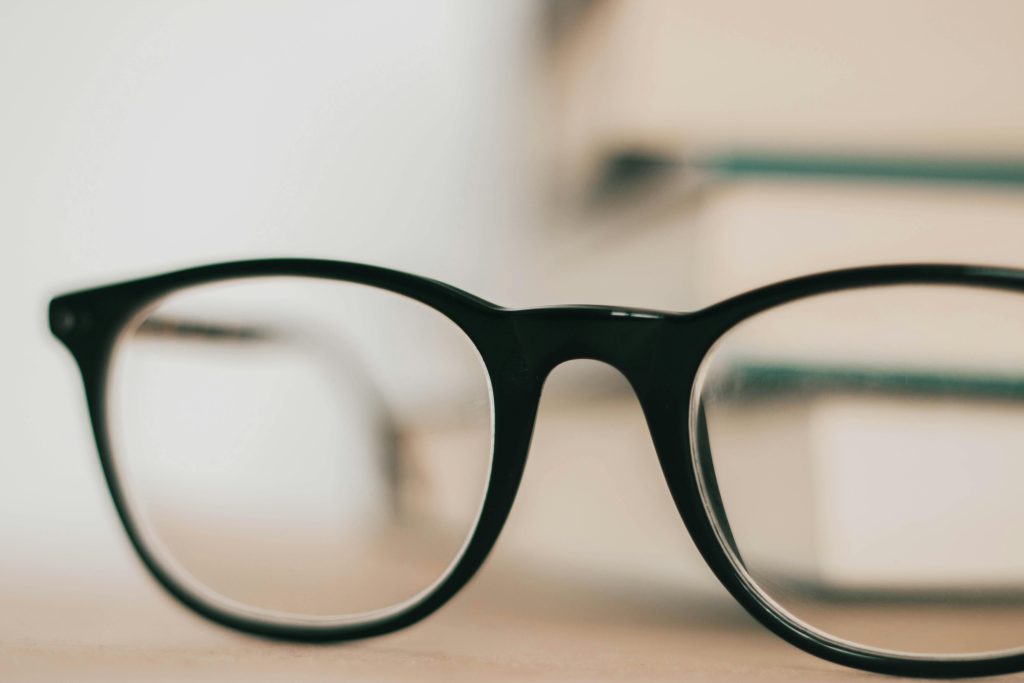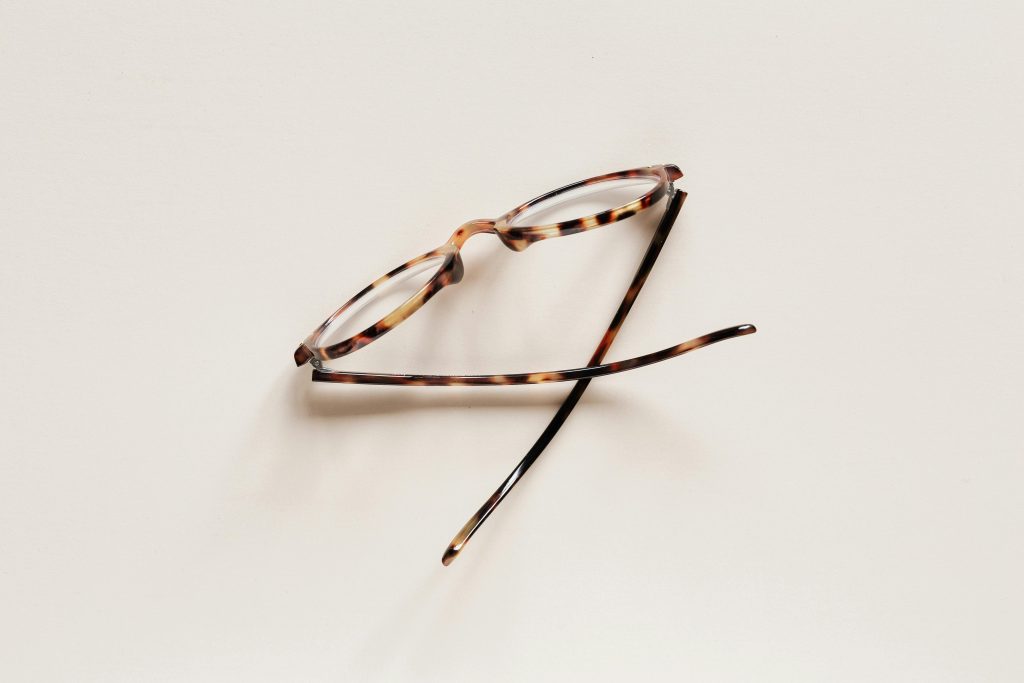Eyewear serves not only as a functional necessity for vision correction but also as a fashion statement and personal accessory. Understanding the specifications of eyewear—ranging from lens types and frame materials to personalized options—empowers individuals to make informed choices that align with their lifestyle, aesthetic preferences, and vision needs. This article explores the intricacies of eyewear specifications, guiding readers through the diverse options available and highlighting the importance of selecting eyewear that combines functionality with style.

Understanding Lens Types
The foundation of any pair of glasses lies in its lenses, which come in various types designed to address different vision conditions and lifestyle requirements:
- Single Vision Lenses: These lenses correct vision at one distance—either for nearsightedness (myopia), farsightedness (hyperopia), or astigmatism. They are ideal for individuals who need correction for one specific distance.
- Progressive Lenses: Also known as multifocal lenses, progressive lenses provide seamless correction for near, intermediate, and distance vision without visible lines. They are suitable for presbyopic individuals who require multifocal correction.
- Photochromic Lenses: These lenses darken in response to sunlight exposure, providing UV protection outdoors and clarity indoors. Photochromic lenses offer convenience by eliminating the need for separate sunglasses.
- Blue Light Blocking Lenses: With the increasing use of digital devices, blue light blocking lenses filter out harmful blue light emitted from screens. They help reduce eye strain and improve sleep quality.
- High-Index Lenses: These lenses are thinner and lighter than standard lenses, making them ideal for individuals with higher prescriptions. High-index lenses offer improved aesthetics and comfort.

Choosing Frame Materials
Eyewear frames are available in a variety of materials, each offering unique properties in terms of durability, weight, and style:
- Metal Frames: Made from materials such as titanium, stainless steel, or aluminum, metal frames are lightweight, strong, and resistant to corrosion. They are suitable for individuals looking for a sleek and modern aesthetic.
- Plastic Frames: Acetate and nylon are common materials used for plastic frames, offering flexibility, vibrant color options, and hypoallergenic properties. Plastic frames are comfortable to wear and can accommodate various design styles.
- Mixed Material Frames: Combining metal and plastic elements, mixed material frames offer the benefits of both materials—durability from metal and style diversity from plastic accents. They cater to individuals seeking a blend of sophistication and versatility.
- Rimless Frames: Minimalist in design, rimless frames feature lenses held in place by temple arms and a bridge without surrounding frames. Rimless frames provide a lightweight and inconspicuous option for those preferring a barely-there look.
Personalized Options and Features
Advancements in eyewear technology have introduced personalized options that enhance comfort, performance, and aesthetics:
- Lens Coatings: Anti-reflective coatings reduce glare from lights and screens, improving visual clarity and reducing eye strain. Scratch-resistant coatings protect lenses from everyday wear and tear, prolonging their lifespan.
- Custom Tints and Transitions: Beyond standard clear lenses, custom tint options allow individuals to personalize their eyewear with tinted lenses for specific activities or fashion preferences. Transition lenses adapt to changing light conditions, darkening outdoors and clearing indoors.
- Fit and Adjustments: Proper fit is crucial for comfort and effective vision correction. Opticians offer professional fitting services to ensure frames sit securely on the face without slipping or causing discomfort. Adjustable nose pads and temple arms accommodate individual facial features and preferences.
Fashion and Lifestyle Considerations
Eyewear is not only a functional tool but also a fashion accessory that reflects personal style and complements wardrobe choices. Frame shapes, colors, and embellishments contribute to individual expression, allowing wearers to project confidence and personality through their eyewear selection.

Conclusion
In conclusion, navigating eyewear specifications involves understanding the diverse options available for lenses, frames, and personalized features. By considering vision needs, lifestyle preferences, and aesthetic tastes, individuals can select eyewear that not only enhances visual clarity and comfort but also aligns with their unique style statement. Whether seeking functional everyday glasses or fashion-forward frames, the journey of choosing eyewear specifications is an opportunity to prioritize both vision health and personal expression.